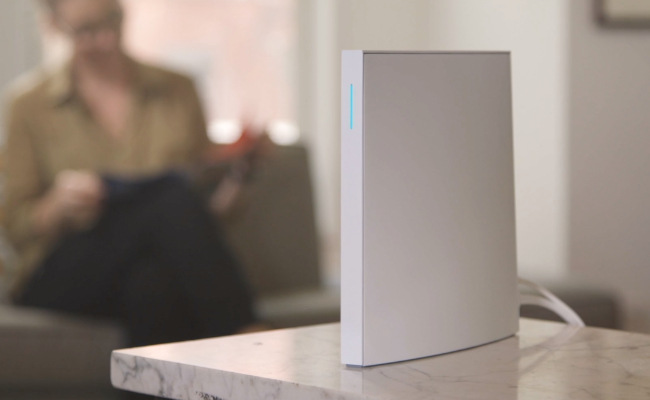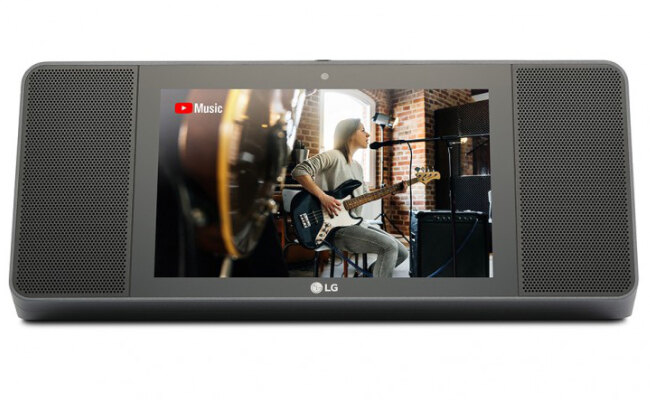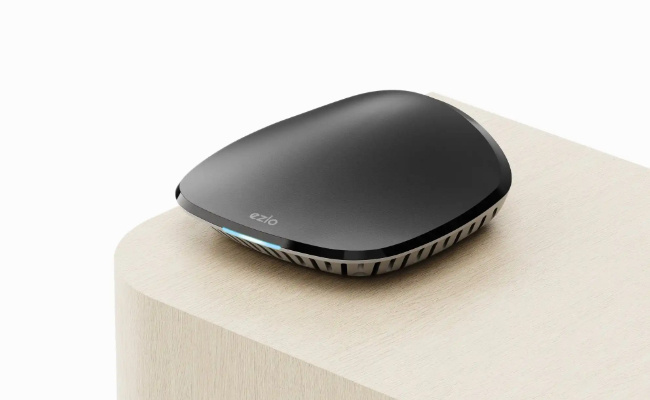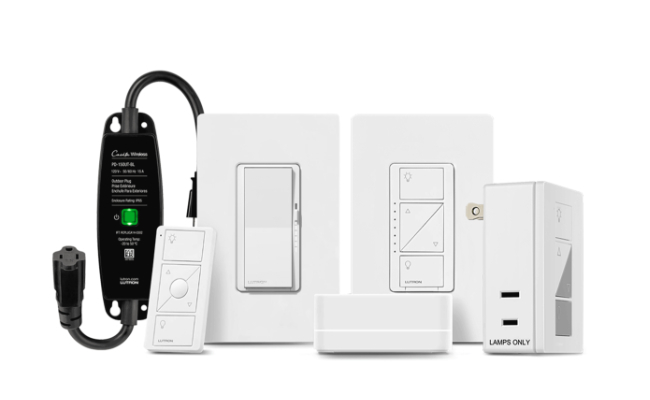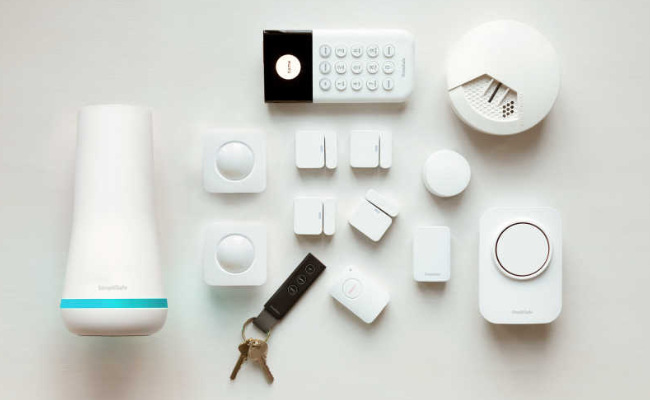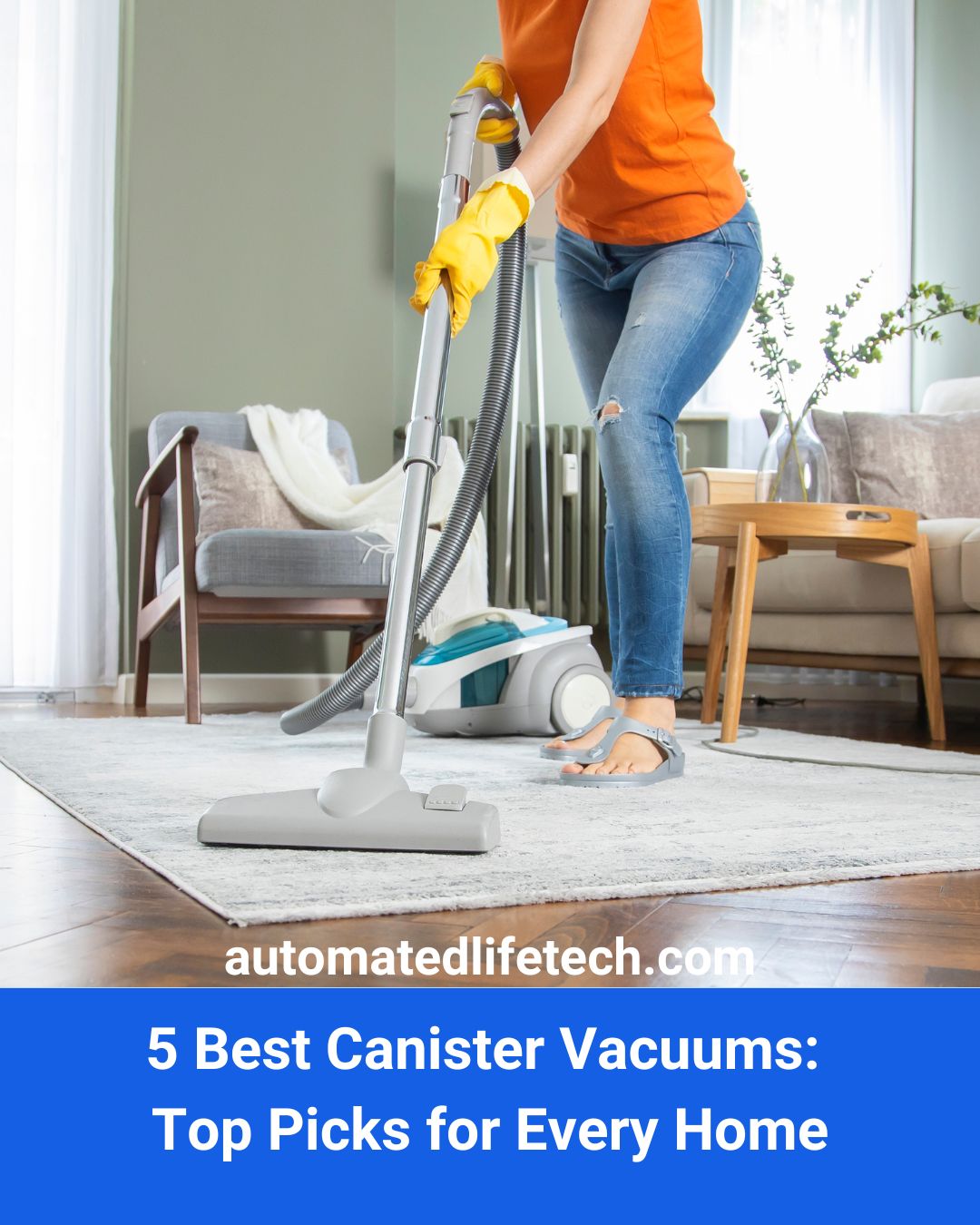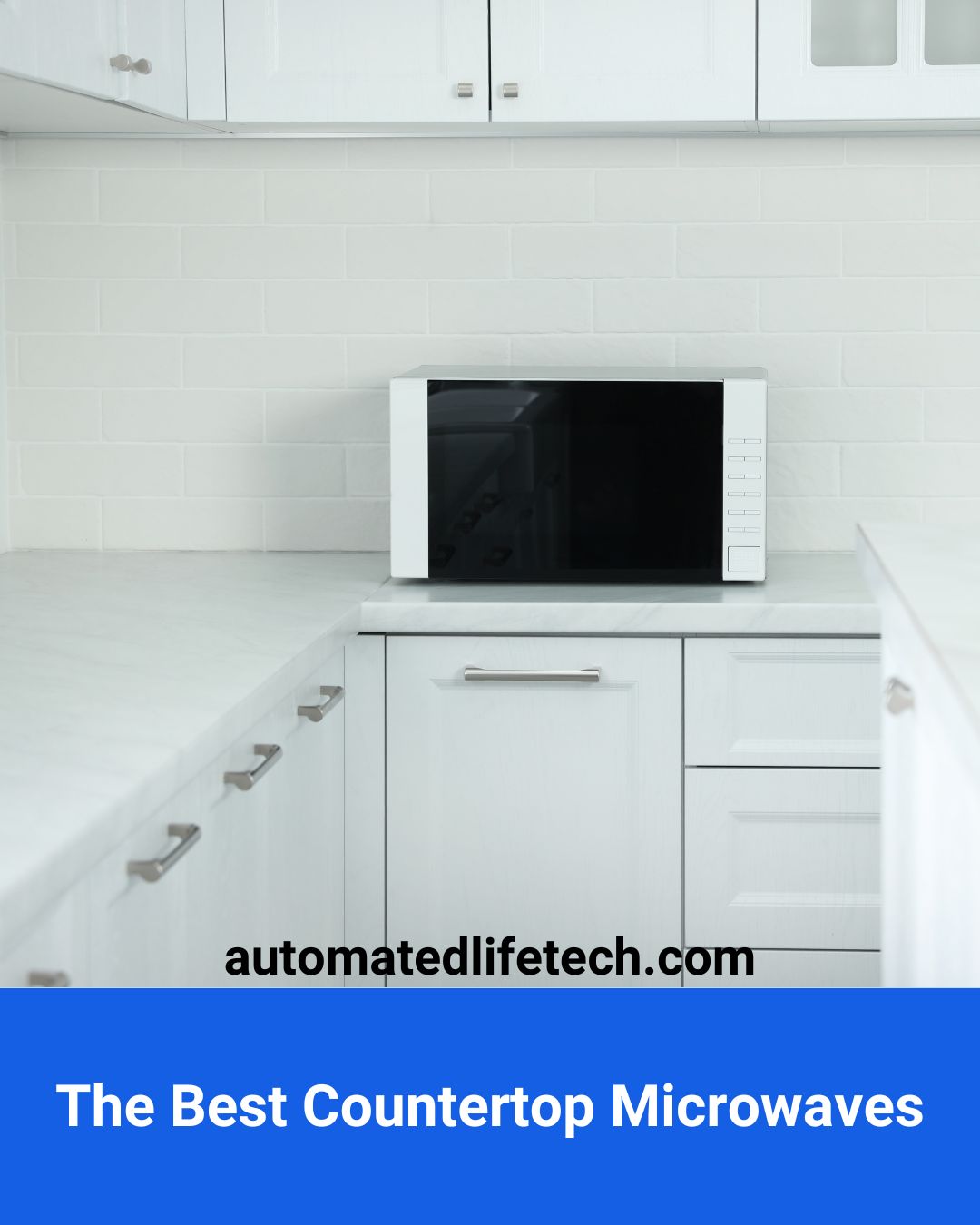Selecting the best home automation system for your household doesn’t have to be a difficult task. In fact, it should be every bit the opposite. While it may be overwhelming to choose from the many smart devices available today, what you can always do is step back and set priorities. Once you’ve outlined your unique requirements or preferences, you should find your selection process significantly more refined and focused.
With our readers in mind, we didn’t just list the latest smart home technology we’ve tested; we’ve also identified home hubs that offer backward compatibility. This refers to new generation of products whose hardware or software can successfully use interfaces and data from earlier versions of the product or third other party systems. This is extremely useful if you have existing devices that you may wish to retain while upgrading your home setup.
Read here for some home automation ideas.
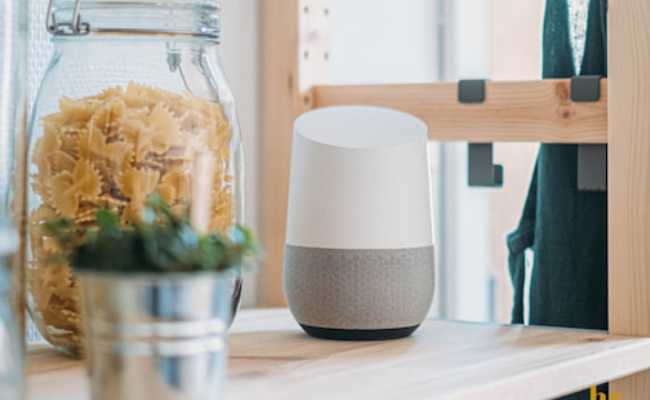
Top Picks for Smart Home Devices
Our list below features the top home automation systems from pioneers like Amazon, Google, and Samsung, as well as other third party smart devices. In between, we tried to highlight what we believe are the most useful features of each smart home automation system in your day-to-day life.
In the end, what we came up with is a collection of smart home gadgets that is more dynamic and rich not just for smart home enthusiasts, but also for first-time buyers.
Amazon Echo
At a glance, the Amazon Echo (4th gen) looked more distinct with its striking orb-like design and a wider choice of colors. But more importantly, the Alexa-enabled device was the first to feature Amazon’s AZ1 Neural Edge processor, a machine learning chip that supports on-device computation in order to reduce latency.
Echo also introduced a built-in Zigbee smart hub which we credit for its improved smart home integration and better overall audio performance. Even at just 5.2 inches tall and 5.7 inches wide, Echo is one of the most powerful smart speakers and voice assistants in the market. In fact, the device is widely considered to be the face of home automation systems.
Additionally, Amazon has built an impressive suite of smart home products that pairs exceptionally well or borrow from Echo’s range of features.
Amazon Echo Pros:
- Voice control capabilities through Alexa.
- Extensive compatibility with various smart home devices and services.
- Integration with Amazon Prime services.
- Wide range of skills and capabilities beyond home automation.
Amazon Echo Cons:
- Limited integration with non-Alexa devices.
- Privacy concerns related to always-on microphones.
Google Nest Hub
Google Nest Hub continues to get better and surprisingly cheaper through its 2nd gen edition. The Google smart display has been well-received by smart home system enthusiasts since its launch, both for its smart features and added functionalities.
While not primarily an audio device, Google touts that this new iteration rocks 50% more bass and built-in support for Thread, a low-energy IPv6 protocol that improves connectivity across third-party smart home devices. Like Amazon’s Echo, Nest Hub features Google’s machine learning chip that processes most of your local commands locally to help Google Assistant register faster response times.
Google Nest Hub Pros:
- Integration with Google services and ecosystem.
- Voice control through Google Assistant.
- Visual display for additional functionality.
- Compatibility with a wide range of smart home devices.
Google Nest Hub Cons:
- Limited compatibility with non-Google devices.
- Privacy concerns related to data collection.
Wink Hub 2
Wink Hub 2 is a stylish smart home system that offers more memory and better network support than its predecessor. However, it remains a step behind established voice assistants that support Alexa and Google.
For its part, Wink Hub 2 boasts reliable support for Clear Connect, Z-Wave, Wi-Fi, Zigbee, Kidde, and Bluetooth LE. It’s also relatively easy to pair the hub with other smart devices since it still supports many older smart home systems. This backwards compatibility is huge if you’re looking for a non-disruptive upgrade to your home kit.
The caveat is that users are required to pay a subscription fee in order to use Hub 2’s full range of features. According to Wink, the subscription model, which they adopted in 2020, fuels continued software development, customer support, and new integrations to both Wink Hub and Wink Hub 2.
Wink Hub 2 Pros:
- User-friendly interface and setup process.
- Supports a wide range of smart home protocols.
- Compatible with a large number of devices.
Wink Hub 2 Cons:
- Requires a monthly subscription fee.
- Relatively limited advanced features compared to other hubs.
- Reports of connectivity and reliability issues.
Samsung SmartThings
Samsung is a well-known commodity in personal tech and home automation, but SmartThings has to be the Korean brand’s most talked about device when it comes to the latter vertical. The technology was once rumored to be on the chopping block until Samsung clarified that it’s turning the latest SmartThings models into a more powerful and “universal” smart device.
The trade-off is that support for earlier units was discontinued. As a result, new users are likely introduced to Samsung’s home automation system via the Samsung SmartThings Station, a smart home hub that also functions as a wireless charger for your smartphone.
Samsung SmartThings Pros:
- Extensive compatibility with various smart home devices.
- Robust automation capabilities.
- Integration with Samsung ecosystem.
- User-friendly app interface.
Samsung SmartThings Cons:
- Occasional connectivity issues.
- Some users report setup and configuration difficulties.
Apple HomeKit
If you have an affinity for Apple devices, then you’ll most likely find it natural to adopt their home automation technology via the Apple HomeKit. While Apple has struggled to find the same success in smart home as they did with computers and phones, their bold choices with HomeKit is not without its merits. Plus, the stringent data privacy and security protocols employed by Apple across its products are always stellar.
However, switching to HomeKit is a big decision since you’re likely committing to the greater Apple ecosystem. Otherwise, you’ll have to settle for limited functionalities without the Apple Home App, which is native to Apple gadgets.
While other smart home devices on this list thrive in supporting smart technology and apps from third party developers, HomeKit suffers from limited compatibility and accessibility.
Apple HomeKit Pros:
- Strong focus on privacy and data security.
- Integration with Apple ecosystem and Siri voice control.
- Wide range of compatible devices.
- Easy setup and control through the Home app.
Apple HomeKit Cons:
- Limited compatibility with non-HomeKit devices.
- Requires Apple devices for full functionality.
- Relatively smaller selection of supported devices compared to other platforms.
Aqara
Aqara is a cost-efficient home automation solution that works well with Amazon Alexa, Google Assistant, and Apple HomeKit. Aqara isn’t exactly new to the scene, since it’s been around 2016 and is now part of Xiaomi’s ecosystem for smart home devices.
Like most smart tech, the Aqara smart home kit can connect to your home network via Ethernet or 2.4GHz Wi-Fi. The manufacturer also claims that the home automation hub can control up to 128 related devices including smart bulbs, security cameras, switches, and sensors. You can control the smart gadgets via the Aqara app which can be downloaded via an Android or iOs device.
Aqara Pros:
- Affordable smart home devices.
- Zigbee-based wireless protocol.
- Integration with Apple HomeKit.
- User-friendly app interface.
Aqara Cons:
- Limited device availability outside certain regions.
- Some users report occasional connectivity issues.
LG WK9 ThinQ
ThinQ is from LG’s emerging line of smart displays that aims to rival Amazon Echo Show and Google Nest Hub. However, its overall look is more comparable to a JBL smart speaker than any of the aforementioned displays.
The blocky and seemingly outdated design isn’t ergonomic, but it does make room for louder stereo speakers. The unit is powered by Google Assistant which offers extensive support as a home hub or compact entertainment system. The 8-inch display is also quite handy since it offers better visuals and consistency with touch controls.
LG ThinQ Pros:
- Integration with LG appliances and devices.
- Wide range of compatible devices.
- Voice control through Google Assistant or Amazon Alexa.
- User-friendly app interface.
LG ThinQ Cons:
- Limited compatibility with non-LG devices.
- Reports of occasional connectivity issues.
Ezlo
There are several Ezlo products that might be of interest to you depending on your choice of home automation system. There is the recognizable Ezlo Plus that can connect via Ethernet or Wi-Fi and has standard support for Alexa and Google Assistant.
While the unit is not compatible with Apple Homekit and Bluetooth-based smart devices, the hub seamlessly works with Zigbee 3.0 smart devices, Z-Wave Plus 700 Series items, and a wide range of Wi-Fi home security cameras. Aside from Plus, there is the more powerful Ezlo Secure with 4G LTE connectivity.
Ezlo Pros:
- Support for multiple protocols, including Z-Wave and Zigbee.
- Affordable smart home devices.
- Integration with Amazon Alexa or Google Assistant.
- User-friendly app interface.
Ezlo Cons:
- Limited device compatibility compared to other platforms.
- Relatively smaller user base and ecosystem.
Caseta by Lutron
Caseta by Lutron is one of the best-selling smart lighting kits in the U.S. If you’re looking to specifically upgrade to smart lights or replace your light switches with smart, app-enable switches, then Caseta is chief among the smart devices worth checking out.
The Lutron app has a very straightforward user interface, which is frankly all you need when you need to do a task as simple as managing smart lights. Unlike most switches that simply turn on and off smart lights, Caseta supports advance dimming capabilities that are perfect when you need to control the ambiance or switch to a more cost-efficient set up.
Caseta by Lutron Pros:
- Well-established and reliable lighting control system.
- Wide range of compatible devices and accessories.
- Integration with various smart home platforms.
- Advanced dimming and scheduling capabilities.
Caseta by Lutron Cons:
- Limited to lighting control and related devices.
- Higher cost compared to some other solutions.
SimpliSafe®
In terms of security systems, SimpliSafe® is a flexible and practical solution that will not tie you up with a multi-year service contract to keep your home safe. Instead, what SimpliSafe® offers multiple devices that you can link up together to form your DIY smart security system.
The devices range from entry sensors, security cameras, smart door locks, hazard sensors, and other smart devices. For convenience, this smart home ecosystem can be easily paired with hubs that offers support for Alexa and Google Services.
SimpliSafe Pros:
- Reliable and customizable home security system.
- Easy installation and setup.
- Integration with some third-party devices and platforms.
- Professional monitoring services available.
SimpliSafe Cons:
- Limited to lighting control and related devices.
- Higher cost compared to some other solutions.
Savant
Savant is an established player in home automation systems that promises to automate household tasks and provide entertainment even when the main power goes out. It’s an excellent proposition since a lot of home automation system can only take you so far when the main grid goes down.
The Savant home automation system features an array of smart technology for lighting, security systems, climate control, home entertainment, doors and locks, and energy management. In most cases, Savant offers luxury options for households that require home automation and power management solutions.
Savant Pros:
- High-end and customizable home automation system.
- Extensive integration with various devices and services.
- Advanced automation and control capabilities.
- Professional installation and support available.
Savant Cons:
- High cost and complexity compared to other solutions.
- Requires professional installation and setup.
- Limited compatibility with non-Savant devices.
Why Do I Need a Smart Home System?
A smart home automation system isn’t notorious because it’s relatively new, but because it improves the quality of life of its users above all its trending features and advance technologies. Therefore, if you are looking to automate or schedule some of the work being done at home, or improve your security systems inside and around your premise, then you will find many of the solutions you need in home automation systems.
Benefits of Home Automation and Smart Devices
Aside from convenience and security, home automation systems are great catalyst for improving our overall productivity. On top of this, smart devices tend to have a modern look that fits neatly with a lot of contemporary home interior and exterior designs.
Convenience
Convenience is a big selling point in every new tech. But arguably, it’s superimposed in the home automation system market. Whether it’s a home hub, apple watch, Google home, digital photo frame, a voice-powered tablet device, or smart plugs, we can easily see convenience as one of the driving force behind the design and functionalities smart devices.
Provides Insights from Data and Control
Smart devices provide a lot of options for us to collect and manage data. Outside of that, the home automation system we use itself uses insights from data to improve their performance or efficiency.
For example, robot vacuums uses the data they gather from sensors to improve their cleaning efficiency. Voice commands tend to get better response time the more we use them. On the other hand, as users, we can also use insights from our devices in order to optimize our home automation system system.
Increase Energy Efficiency
Many smart home devices are cost-efficient because of new software or upgraded builds. Meanwhile, other smart devices become energy efficient with a simple tweak in settings or right after gathering enough data. Being able to schedule downtimes and uptimes for our devices allows for more consistent operation, as well as greater savings and productivity.
Remote Control of Home Functions
The ability to remotely control a home automation system, be it a physical remote, mobile device, or voice command, is an underrated benefit of the technology. Even more so if you consider that such hands-free operation can become more valuable for people with disabilities. Additionally, being able to remotely control and monitor connected devices in a smart home system can bring us absolute peace of mind even when we are away from home.
Safety and Security
There’s a very healthy market for home security systems featuring sensors, smart thermostats, motion sensors, glass break sensors, smart locks, security cameras, and other home automation systems. Thus, it’s now more accessible and affordable to reinforce your home in your own way. You can even achieve 24/7 security without relying on expensive annual subscriptions.
The best home automation systems should improve security and privacy by default. Even smart switches and kits have security features and energy-saving modes that make life easier and safer without constant supervision. Other smart device tend to do the same in one way or another.
Choosing the Best Home Automation System
Even if there’s a consensus “best home automation system” in the market, it won’t automatically mean that it’s also the right smart home system for your household.
To get the most out of any smart device or home hub kit, you must be able to carefully match the technology you’re purchasing with the immediate problem you’re trying to solve. With that said, we encourage you to refer to our list of best home automation systems whenever you’re ready to purchase or as your unique requirements continue to take shape and evolve over time.
If you need some inspiration on what you can automate at home, check out this article on the best home automation systems.
You can also read about the quietest robot vacuums available on the market today.



